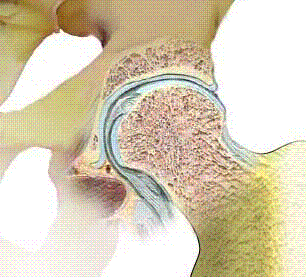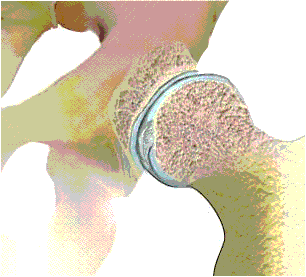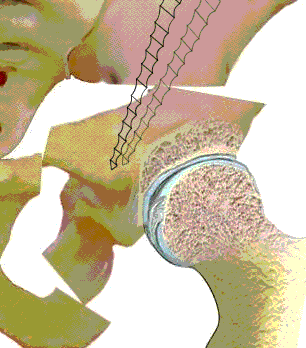Triple osteotomy of the hemipelvis and femoral osteotomy for dysplasia of the hip joint
Developmental Dysplasia of the Hip joint (DDH) is a common congenital disorder, particularly in girls.
Its severe form is congenital dislocation (CDH) in which the head of the thigh bone is dislocated at birth.
Treatment of CDH is often successful but may result in partial success only with the production of a joint which has an abnormal architecture. These function well until adolescence or early adulthood:
then pain on standing and walking may appear; similarly DDH may be of a mild form at birth, without dislocation, and then the diagnosis is easily missed until pain develops, usually in the young adult. In these young people it is possible to greatly improve the biomechanics, kinetics, and physiology of the deformed joint by changing the architecture.
The common deficiencies are the lack of roof cover for the ball (head) of the thigh bone (causing instability during weight bearing) because the socket (acetabulum) of the pelvis is at the wrong angle and is too shallow and there is an abnormal high angle of the neck of the thigh bone (femur). These deficiencies can be partially corrected by cutting and then resetting the bones of the pelvis and/or the femur in order to create a more normal joint configuration. A perfect reconstruction cannot be achieved but a painless well functioning hip joint can be confidently awaited, thereby postponing the need for the use of foreign artificial joint implants for many years.
These operations are indicated in patients suffering pain and reduced function from DDH whose malformed hip joints do not have degenerative changes, retain a good range of movement, and whose femoral heads retain a spherical shape.
Osteotomy of the thigh bone for arthritis of the hip joint
Cutting and resetting of the thigh bone for arthritis of the hip was in the past the most important surgical treatment for this disease. The concepts are those of realigning the weight bearing forces so that the load is taken by remaining relatively healthy cartilage, improving the stability, to exploit the known empirical pain reducing effect of osteotomy, and sometimes to reduce the total load acting on the joint during various activities by changing the lever arms apron which the hip muscles act.
With the advent of successful implant surgery the use of osteotomy has become much reduced: osteotomy usually gives improved function and lack of pain for only a limited period – up to 15 years – whereas arthroplasty promises a much longer good result. However, there still are specific and relative indications for using osteotomy.


head not contained.

